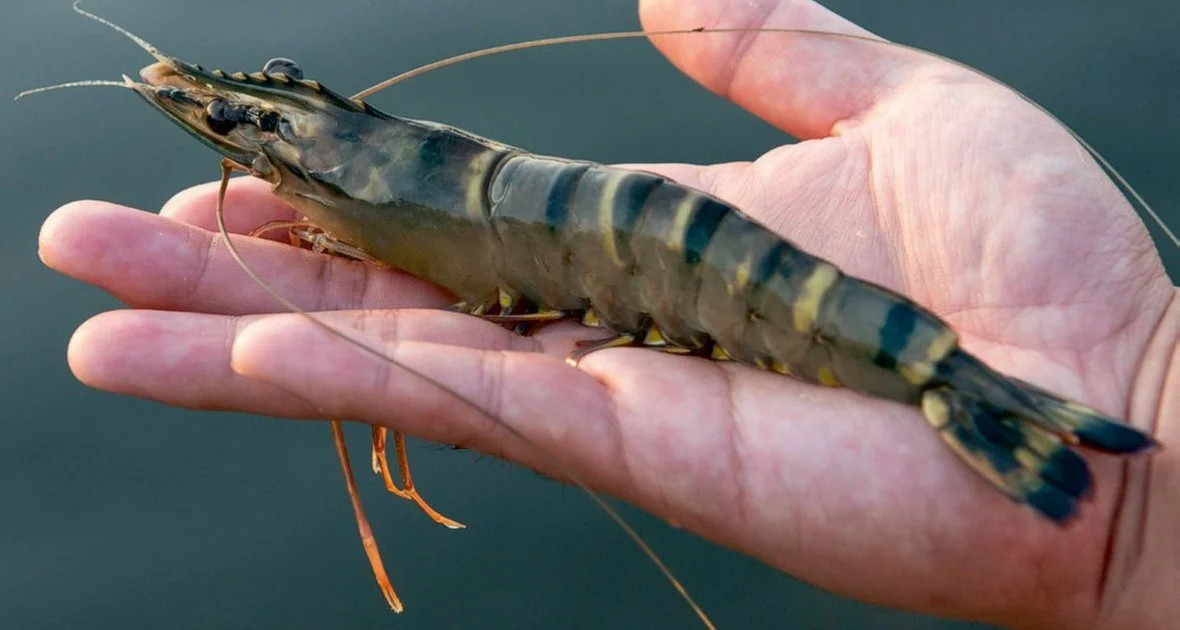A journal article published by Dr Cyrus Rumisha from the Department of Animal, Aquaculture and Range Sciences, in the College of Agriculture, at the Sokoine University of Agriculture (SUA), Tanzania, and Prof. Dr. Marc Kochzius from the Department of Biology, Marine Biology at the Vrije Universiteit Brussel (VUB), Belgium was among the top cited articles in Wiley issues of 2022-2023. The article was about the genetic evidence for a single stock of giant tiger prawns (Penaeus monodon) in the demarcated prawn fishing zones of Tanzania.
 Rumisha, C. and Kochzius, M., (2023). Genetic evidence for a single stock of giant tiger prawns (Penaeus monodon) in demarcated prawn fishing zones of Tanzania. Fisheries Management and Ecology, 30(1), 36-43. The publication is available in the Wiley Online Library, which is a reputable platform for academic research. The study has also been cited in other research publications, indicating its significance and impact in the field of fisheries management and ecology.
Rumisha, C. and Kochzius, M., (2023). Genetic evidence for a single stock of giant tiger prawns (Penaeus monodon) in demarcated prawn fishing zones of Tanzania. Fisheries Management and Ecology, 30(1), 36-43. The publication is available in the Wiley Online Library, which is a reputable platform for academic research. The study has also been cited in other research publications, indicating its significance and impact in the field of fisheries management and ecology.
The giant tiger prawn (Penaeus monodon) is a species of marine crustacean prized for its large size and delicious flavor. Native to the Indo-Pacific region, including coastal areas of East Africa, these prawns are highly sought after in the seafood industry. They have distinctive tiger-like stripes on their shells, hence the name “tiger prawn” and typically grow up to 33 centimeters (13 inches) in length. It thrives in coastal waters, estuaries, and mangrove swamps, preferring areas with sandy or muddy bottoms.
Penaeus monodon is an important commercial species, widely cultivated in aquaculture operations due to its rapid growth rate and high market demand. However, wild populations are also targeted by fisheries, particularly in regions like Tanzania where they are found in demarcated prawn fishing zones. Understanding the genetic structure of these populations is essential for sustainable management and conservation efforts.
 The giant tiger prawn is one of the largest and most commercially important species of prawn. These prawns are highly valued in the seafood industry due to their large size and delicious taste. The giant tiger prawn plays a significant role in both the economy and the ecology of the regions where it is found, but careful management is needed to ensure its sustainable exploitation.
The giant tiger prawn is one of the largest and most commercially important species of prawn. These prawns are highly valued in the seafood industry due to their large size and delicious taste. The giant tiger prawn plays a significant role in both the economy and the ecology of the regions where it is found, but careful management is needed to ensure its sustainable exploitation.
The two researchers Dr Cyrus Rumisha from the Department of Animal, Aquaculture and Range Sciences, at Sokoine University of Agriculture and Prof. Marc Kochzius from the Department of Biology, Marine Biology at Vrije Universiteit Brussel, researched the genetic evidence for a single stock of giant tiger prawns Penaeus monodon in demarcated prawn fishing zones of Tanzania.




